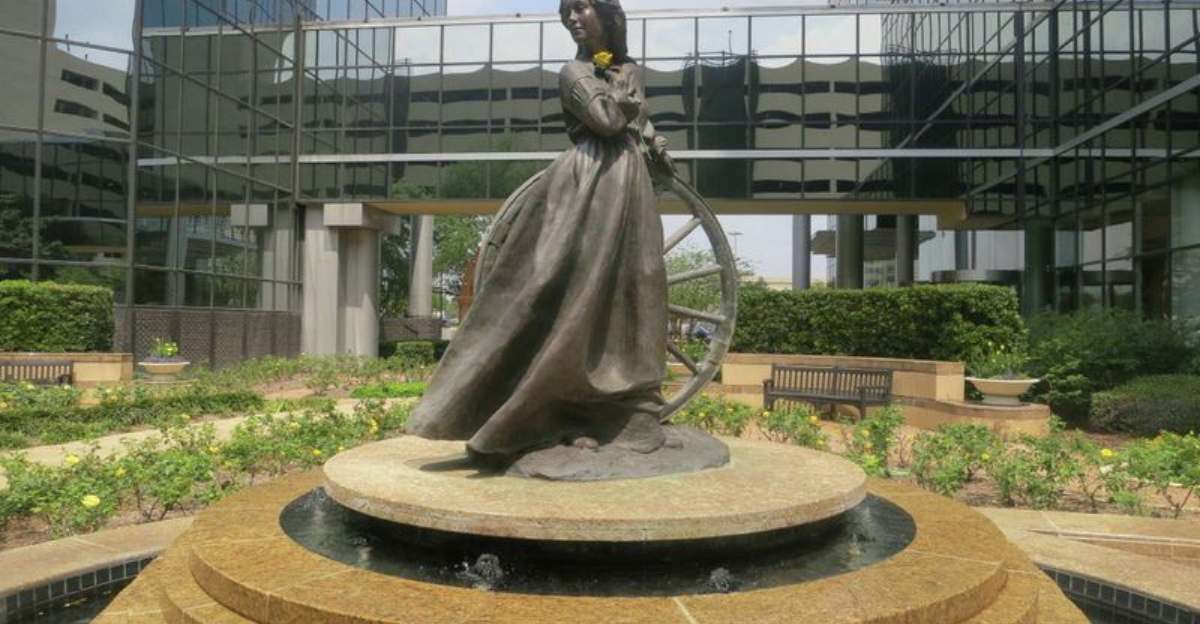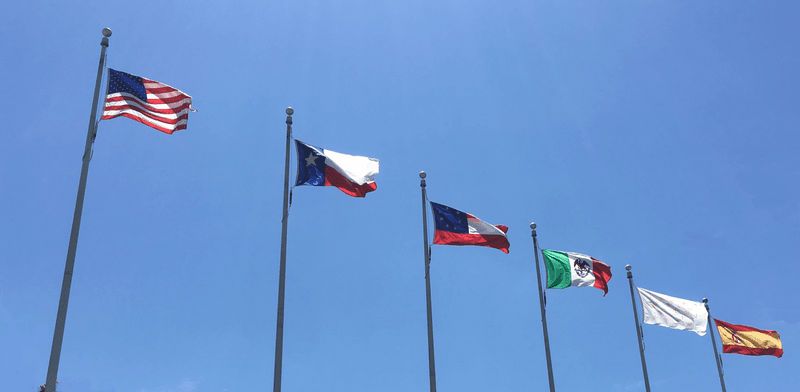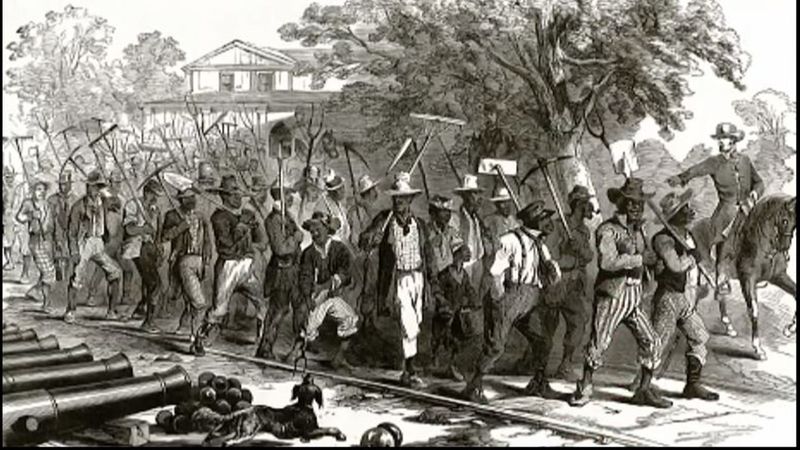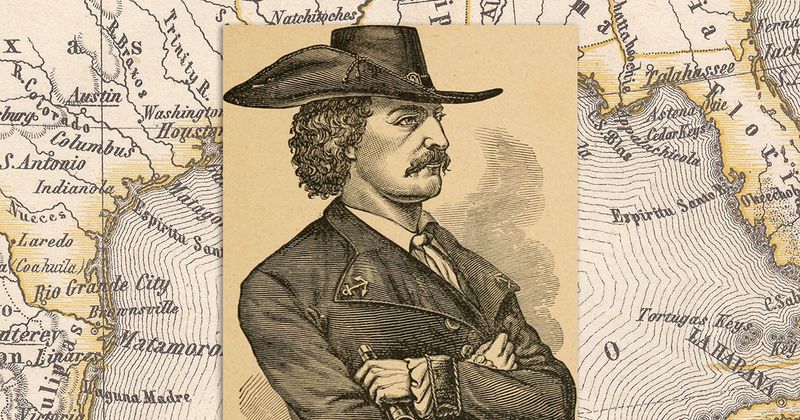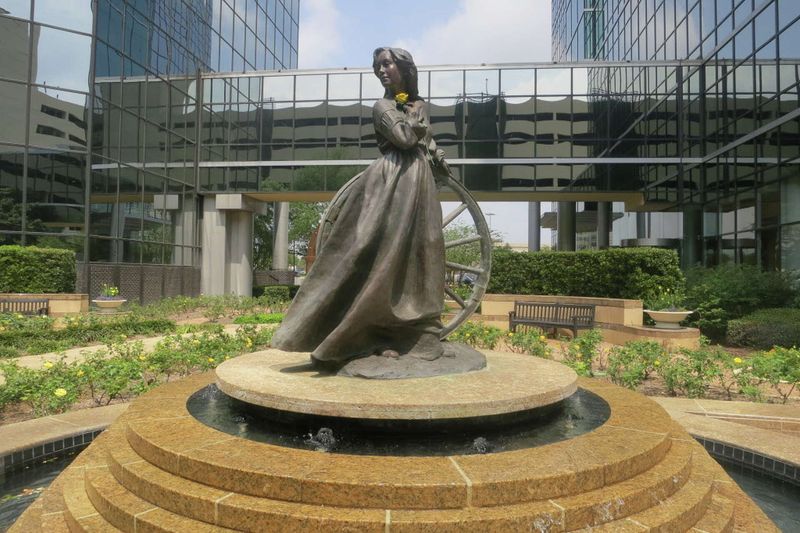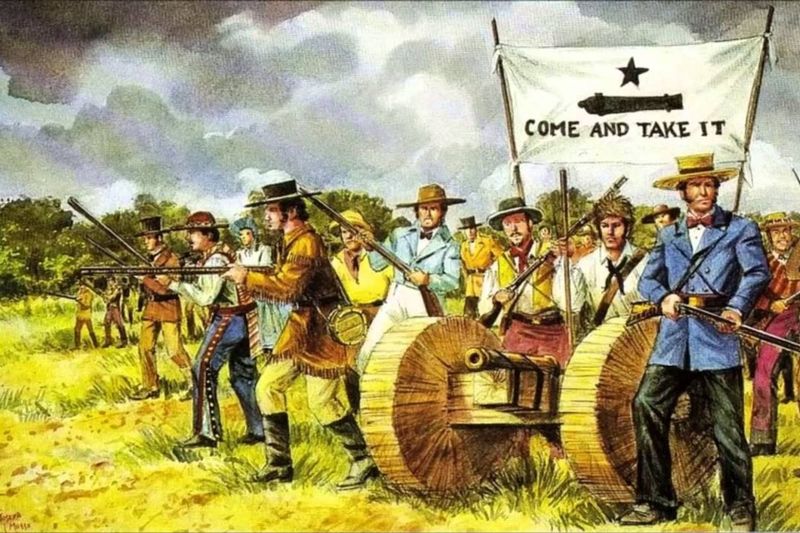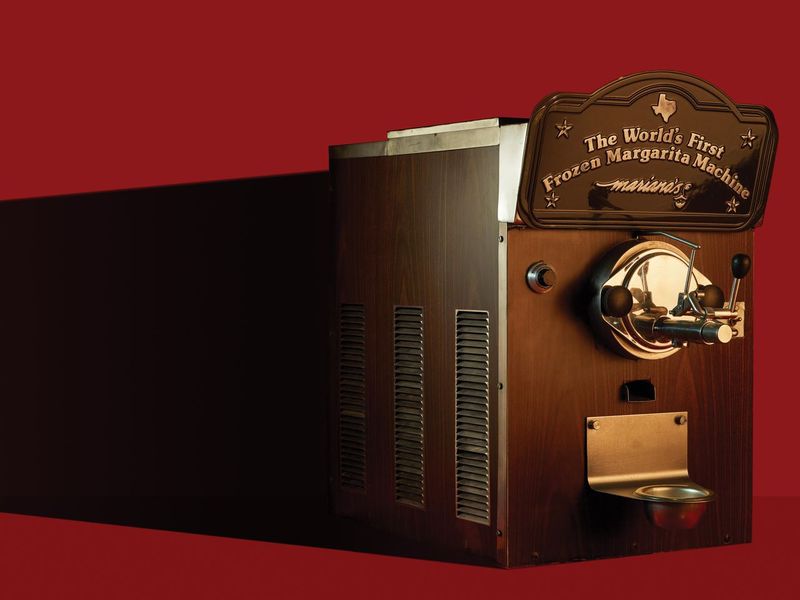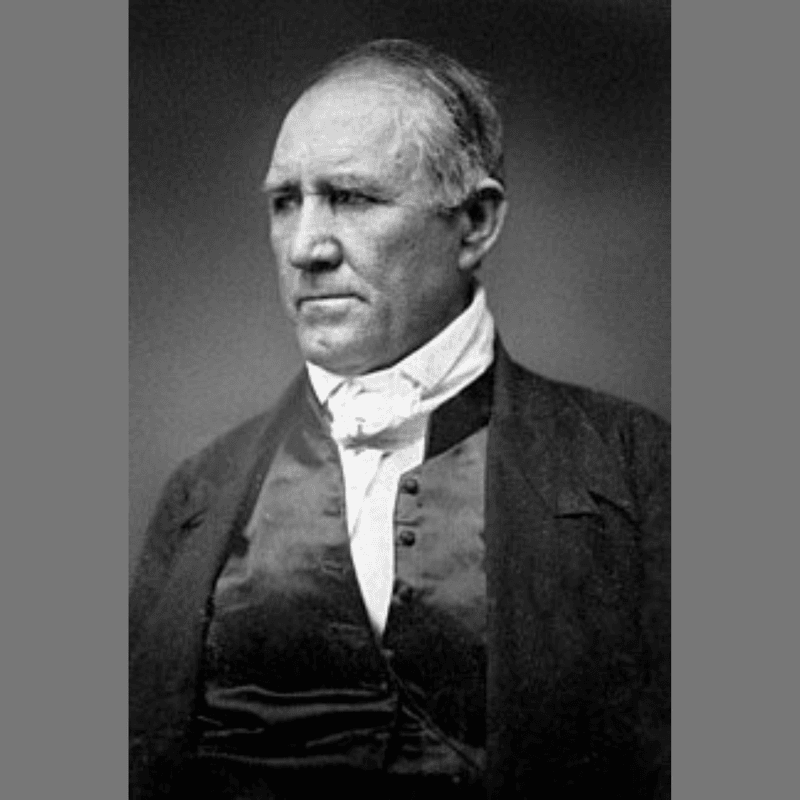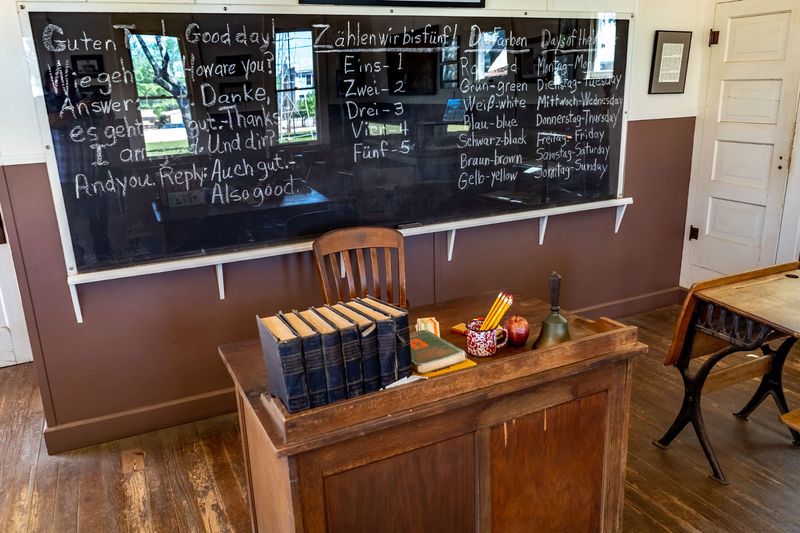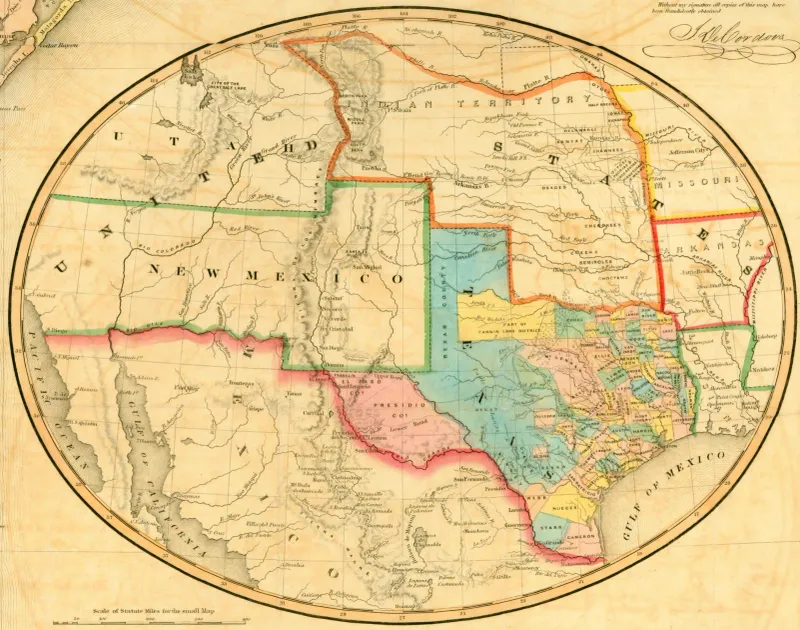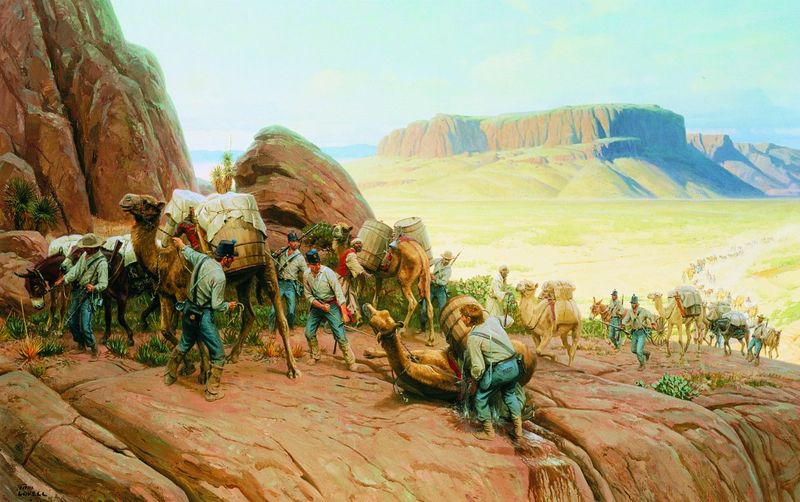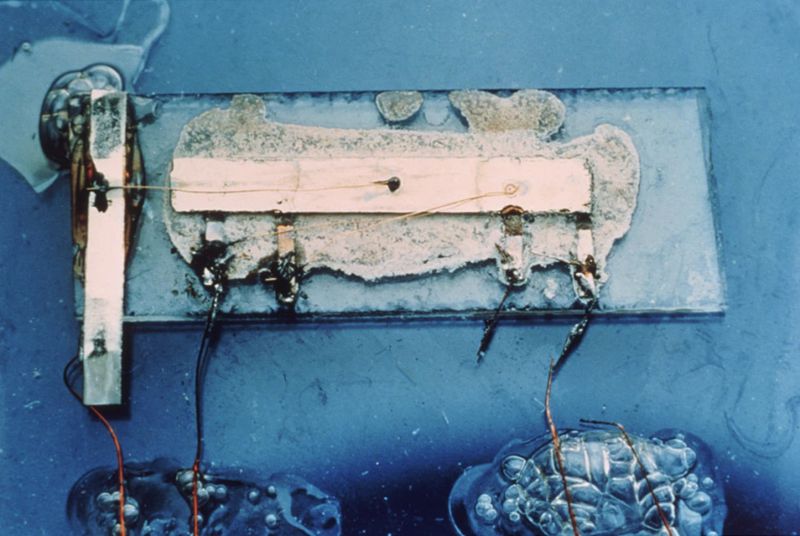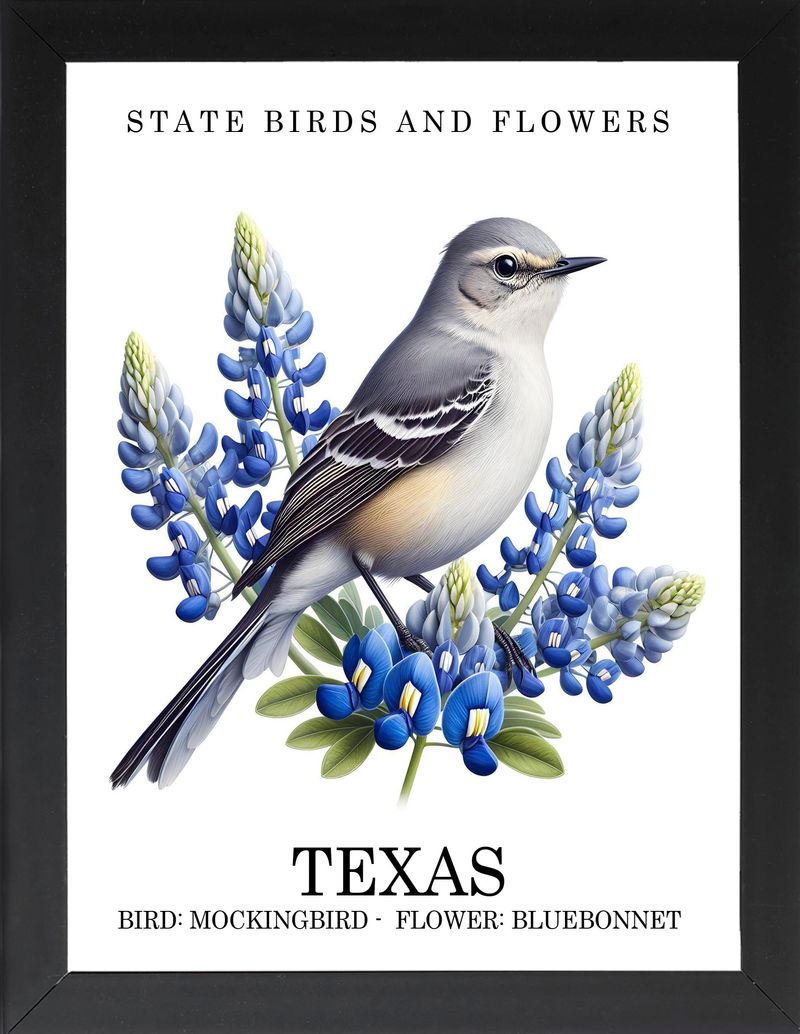Texas has a history as big as its reputation. From its days as an independent republic to its current status as the second-largest state in the U.S., the Lone Star State has collected fascinating stories and surprising facts along the way. Even lifelong Texans might be surprised by some of these historical tidbits that shaped this iconic American state.
1. Six Flags Over Texas Isn’t Just an Amusement Park
Most people recognize Six Flags as a popular amusement park chain, but the name holds deeper historical significance. Texas has actually been governed by six different nations throughout its tumultuous history: Spain, France, Mexico, the Republic of Texas, the Confederate States, and the United States.
Each of these powers left distinct cultural imprints on Texas society, architecture, and law. Spanish missions dot the landscape while French influence remains in place names and cultural traditions.
The famous amusement park adopted this historical concept for its name when it opened in 1961, using the six flags as a symbolic representation of the state’s diverse heritage and complex political journey.
2. Juneteenth Originated in Galveston
Freedom finally reached Texas shores on June 19, 1865, when Union General Gordon Granger arrived in Galveston with news that slavery had been abolished. This momentous announcement came a full two and a half years after President Lincoln’s Emancipation Proclamation, making Texas the last state to receive official word.
Former slaves celebrated that day as “Juneteenth,” a portmanteau of June and nineteenth. The celebration spread organically throughout Texas and eventually nationwide.
Juneteenth became a Texas state holiday in 1980 and finally achieved federal holiday status in 2021, marking the end of one of America’s darkest chapters and the beginning of a new struggle for equality.
3. Texas Had an Emperor (Sort Of)
Among Texas’s most colorful historical figures stands Jean Lafitte, the notorious pirate who established a colony on Galveston Island in 1817. Naming himself “Emperor,” Lafitte ruled over his pirate kingdom called Campeche for three years before the U.S. Navy forced him to abandon his Texas empire.
During his reign, Lafitte commanded hundreds of men, operated a successful smuggling operation, and even helped the United States during the War of 1812. His settlement included homes, businesses, and a fortress called Maison Rouge.
Though his Texas empire was short-lived, Lafitte’s legend endures in countless treasure-hunting expeditions and colorful tales along the Gulf Coast.
4. The Yellow Rose of Texas Was a Real Person
The famous folk song “The Yellow Rose of Texas” commemorates a mixed-race woman named Emily Morgan who allegedly helped Texas win its independence. According to legend, Morgan distracted Mexican General Santa Anna during the Battle of San Jacinto in 1836, allowing Sam Houston’s army to launch a surprise attack.
While historians debate the exact details, Emily Morgan was indeed a real historical figure. Born Emily West, she was a free woman of color from Connecticut who traveled to Texas.
Whether or not she played the heroic role attributed to her, her story has become permanently woven into Texas folklore and musical tradition.
5. The Texas Revolution Started Over a Cannon
The spark that ignited the Texas Revolution wasn’t a grand political declaration but rather a modest bronze cannon. Mexican authorities had loaned this small artillery piece to settlers in Gonzales for protection against Native American raids, but later demanded its return as tensions grew.
The defiant Texians (early Anglo settlers) refused, fashioning a flag with the cannon and the words “COME AND TAKE IT” emblazoned across it. When Mexican forces arrived on October 2, 1835, they were met with armed resistance.
This seemingly minor standoff erupted into the first battle of the Texas Revolution, transforming a simple cannon into an enduring symbol of Texas independence and resistance to perceived tyranny.
6. A Texan Invented Frozen Margaritas
Raise your salt-rimmed glass to Mariano Martinez, the Dallas restaurant owner who revolutionized cocktail culture in 1971. Frustrated by inconsistent margaritas and overwhelmed bartenders, Martinez modified an old soft-serve ice cream machine to create the world’s first frozen margarita machine.
His invention transformed his struggling restaurant into a hotspot overnight. The frozen concoction became so culturally significant that the original machine now resides in the Smithsonian National Museum of American History.
This quintessentially Texan innovation demonstrates the state’s influence on American food culture, combining Mexican heritage with Texan ingenuity to create something entirely new and wildly popular across the nation.
7. Texas Once Had a President From Tennessee
Sam Houston’s journey to becoming Texas’s most revered founding father began far from the Lone Star State. Born in Virginia and raised in Tennessee, Houston had already served as Tennessee’s governor and a U.S. congressman before ever setting foot in Texas.
Political scandal and personal troubles drove him to seek a fresh start among the Mexican territory’s American settlers. Houston’s military leadership during the Texas Revolution catapulted him to prominence, eventually becoming the first (and third) president of the Republic of Texas.
Unlike many Texas leaders, Houston opposed both secession and slavery, positions that ultimately cost him his governorship when Texas joined the Confederacy in 1861.
8. German Settlers Created a Unique Texas Dialect
Deep in the Hill Country lies a linguistic treasure unknown to many Americans. Texas German, a unique dialect formed when thousands of German immigrants settled central Texas in the 1840s, blended German grammar with English vocabulary and Texan expressions.
These communities remained relatively isolated, preserving their language and traditions for generations. At its peak, over 110,000 Texans spoke this distinctive dialect, creating a cultural island in the American Southwest.
Today, Texas German faces extinction with fewer than 6,000 elderly speakers remaining. Linguists at the Texas German Dialect Project race to document this fascinating linguistic hybrid before it disappears forever.
9. The State Almost Split into Five Separate States
Few Texans realize their sprawling state nearly became five different states. When Texas joined the Union in 1845, its annexation resolution included a unique provision allowing it to divide into up to five separate states without requiring congressional approval.
This unusual clause stemmed from complex political calculations involving slavery and congressional representation. Several serious attempts to split the state occurred throughout Texas history, particularly in the 1850s when West Texans felt neglected by the eastern-dominated government.
While Texas remains unified today, this forgotten provision technically remains valid, making Texas the only state with the constitutional right to multiply itself without congressional consent.
10. Camels Once Roamed the Texas Desert
Before railroads crisscrossed the Southwest, the U.S. Army experimented with an unconventional transportation solution: the U.S. Camel Corps. In 1856, Secretary of War Jefferson Davis imported 75 camels to Texas, believing these desert-adapted animals would outperform horses and mules in the harsh terrain.
The experiment proved surprisingly successful. Camels could carry heavier loads than mules, traveled faster, and thrived in the arid Texas landscape without requiring much water.
The Civil War ultimately ended the program, but some camels escaped into the wild. For decades afterward, astonished travelers reported camel sightings in remote parts of Texas and the Southwest, creating an unexpected chapter in frontier history.
11. The Deadliest Natural Disaster in U.S. History Struck Galveston
On September 8, 1900, an unprecedented hurricane slammed into Galveston Island without warning. Winds exceeding 135 mph and a 15-foot storm surge obliterated the prosperous port city, claiming between 6,000 and 12,000 lives in a single night.
The catastrophe remains America’s deadliest natural disaster, forever changing Galveston’s trajectory. Before the storm, Galveston ranked as Texas’s largest and wealthiest city, poised to become the “New York of the South.”
In response, survivors constructed a 17-foot seawall and raised the entire city’s elevation by as much as 17 feet using dredged sand – an engineering marvel that saved Galveston from subsequent hurricanes but couldn’t restore its former economic prominence.
12. A Texan Invented the Microchip
Jack Kilby, a newly-hired engineer at Texas Instruments, found himself working alone during the company’s mass vacation in 1958. With this solitude, he solved one of electronics’ biggest challenges by creating the first integrated circuit – the microchip.
This revolutionary Texas invention compressed multiple electronic components onto a single piece of semiconductor material. Kilby’s prototype, roughly half the size of a paper clip, launched the digital revolution that transformed human society.
The humble Texan eventually received the Nobel Prize in Physics for his groundbreaking work. Today, variations of his invention power everything from smartphones to spacecraft, making Texas the unlikely birthplace of modern computing.
13. The State Bird Isn’t Native to Texas
The Northern Mockingbird, Texas’s official state bird since 1927, holds a peculiar distinction – it isn’t uniquely Texan at all. These vocal mimics range across most of North America, and four other states (Arkansas, Florida, Mississippi, and Tennessee) have also claimed the mockingbird as their avian symbol.
Texans selected this ordinary bird for extraordinary reasons. The mockingbird’s fierce territorial defense, diverse vocal repertoire, and adaptability perfectly embodied the Texas spirit in legislators’ eyes.
Mockingbirds can imitate nearly any sound, from other birds to car alarms, sometimes learning up to 200 different songs during their lifetime – a fitting metaphor for Texas’s multicultural heritage.
